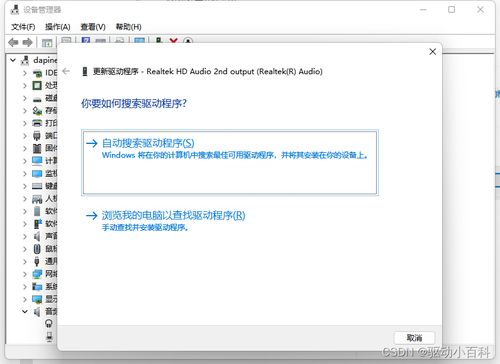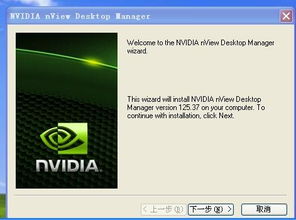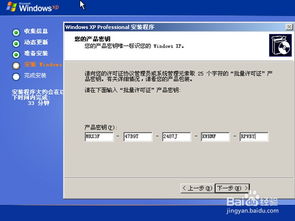驱动程序系统安装英文,Introduction to Driver Program System Installation
Introduction to Driver Program System Installation

Driver programs are essential software components that enable hardware devices to communicate with the operating system on a computer. Installing the correct driver programs is crucial for the proper functioning of hardware devices. This article provides a comprehensive guide on how to install driver programs on a computer system.
Understanding Driver Programs

Before diving into the installation process, it's important to understand what driver programs are. A driver program is a software that allows the operating system to interact with a hardware device. It acts as a translator, converting the commands from the operating system into a language that the hardware device can understand.
Tags: driverprograms hardwarecommunication operatingsystem

Preparation for Installation

Before installing driver programs, ensure that you have the following prerequisites:
Hardware Device: The physical hardware device that requires the driver program.
Driver Program: The specific driver program that corresponds to the hardware device.
Operating System: The version of the operating system installed on your computer.
Backup: Create a backup of your important data to prevent data loss during the installation process.
Tags: driverinstallation preparation hardwaredevice

Locating the Driver Program

There are several ways to locate the driver program for your hardware device:
Manufacturer's Website: Visit the official website of the hardware device manufacturer to download the latest driver program.
Operating System's Built-in Drivers: Some devices may have built-in drivers in the operating system. Check the device manager to see if the driver is already installed.
Driver CD: If the hardware device came with a driver CD, use it to install the driver program.
Online Driver Databases: Use online driver databases to search for the driver program for your hardware device.
Tags: driverlocation manufacturerwebsite driverdatabase

Installing the Driver Program

Once you have located the driver program, follow these steps to install it:
Download the driver program from the manufacturer's website or other reliable source.
Extract the downloaded file to a folder on your computer.
Right-click on the extracted file and select
